In a world of cookie-cutter wine styles, it is stunning to discover St.Supery’s trifecta of sauvignon blancs.
St. Supery is owned by Frenchman Robert Skalli, whose family entered the wine business in Algeria nearly a century ago. Skalli expanded the family business to the south of France, and purchased Napa’s Dollarhide Ranch in 1982 and planted close to 500 acres of the 1,531-acre property with cabernet sauvignon and sauvignon blanc. Two years later, Skalli bought property in Napa’s Rutherford appellation from Boisset, another French wine family, and established St. Supery.
Last week, St. Supery’s CEO Emma Swain was in New Jersey presenting the latest vintages of the winery. It was breathtaking to taste three white wines that captured the limelight from Napa’s heart-and-soul cabernet sauvignon.
The tour de force began with the stainless-steel fermented 2011 St.Supery Estate Sauvignon Blanc grown on its Dollarhide property. The glass was not even halfway between the table and my nose when I caught the scent of grapefruit, lime and gooseberries billowing from it. Intense citrus fruit flavors exploded on my palate with vibrant acidity, and the length seemed to stretch to New Zealand, where sauvignon blanc’s citrus character reaches its pinnacle.
We progressed to the 2011 Dollarhide Estate Vineyard Sauvignon Blanc, in which 9 percent of the grapes were fermented and aged for seven months in new French oak barrels. This added element gives the Dollarhide Estate Vineyard Sauvignon Blanc a slight vanilla accent to the robust grapefruit and lime aromas. The wine is bigger in the mouth, and a passion fruit flavor mixed with the pungent grapefruit and lime tastes. Wine drinkers who find the New Zealand style of the first sauvignon blanc too aggressive might be pleased with this slightly more tame version.
The third white wine was the2011 St.Supery Estate Virtu, which is a Bordeaux-style blend of 60 percent semillon and 40 percent sauvignon blanc. All of it is from the Dollarhide Estate vineyard and fermented and aged in new and used French oak barrels for seven months. Normally, sauvignon blanc’s citrus character would be erased from the combination of the blend and the extensive use of the French oak barrels, but this was not the case. Softer fruit aromas of melon mingled with the lime and lemon scents, and a supple texture was present. Rich passion fruit, guava and citrus flavors were supported with an acidity that was lively despite the winemaking attempt to mute it.
It was clear that St.Supery’s Dollarhide Vineyard produces a uniquely flavored and structured sauvignon blanc that can sing its song loud and clear or lower its tone, giving lovers of sauvignon blanc a repertoire of hits to chose from.
I decided to go back and forth between all three with tuna tartare and a perfectly cooked chicken breast with mushrooms and a fresh pea risotto.
The 2011 Estate Napa Valley retails for about $17; the 2011 Dollarhide Estate Vineyard for $33; and the 2011 Estate Virtu $27, respectively.

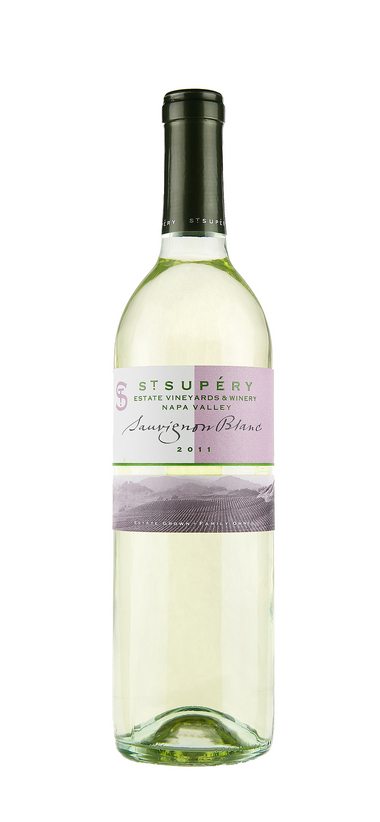


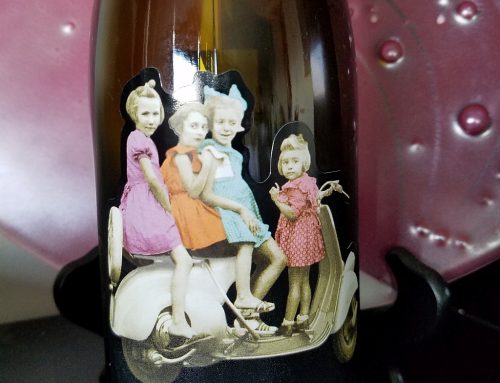
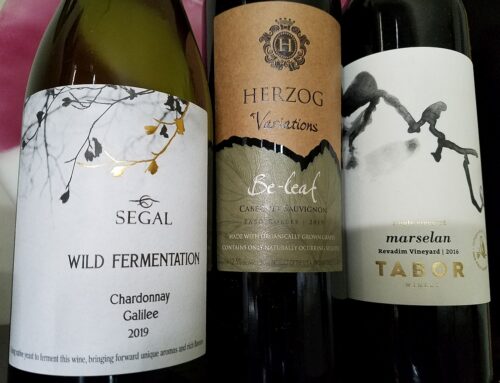
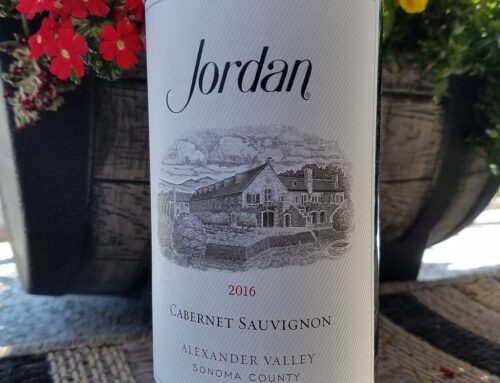
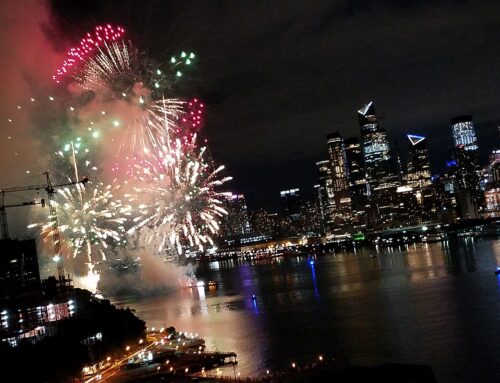
Leave A Comment